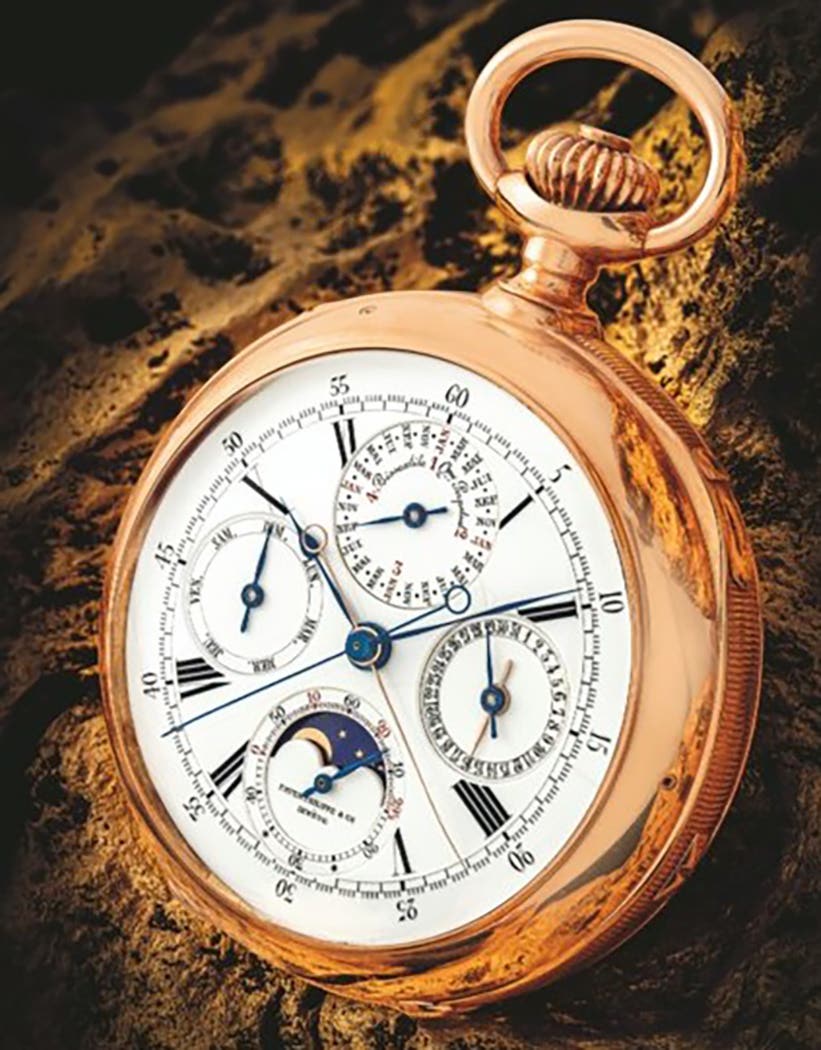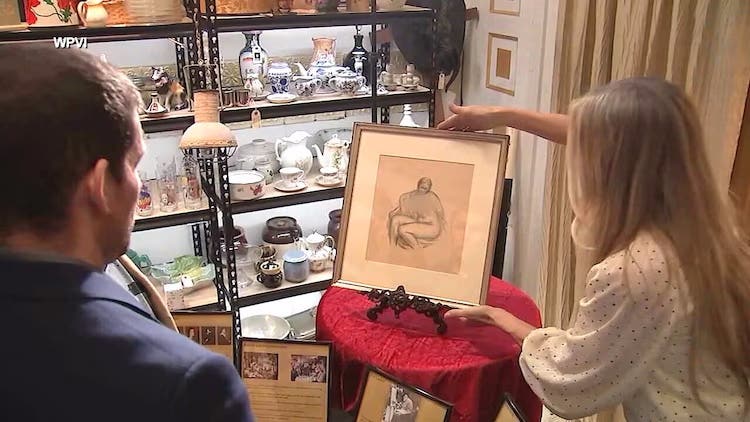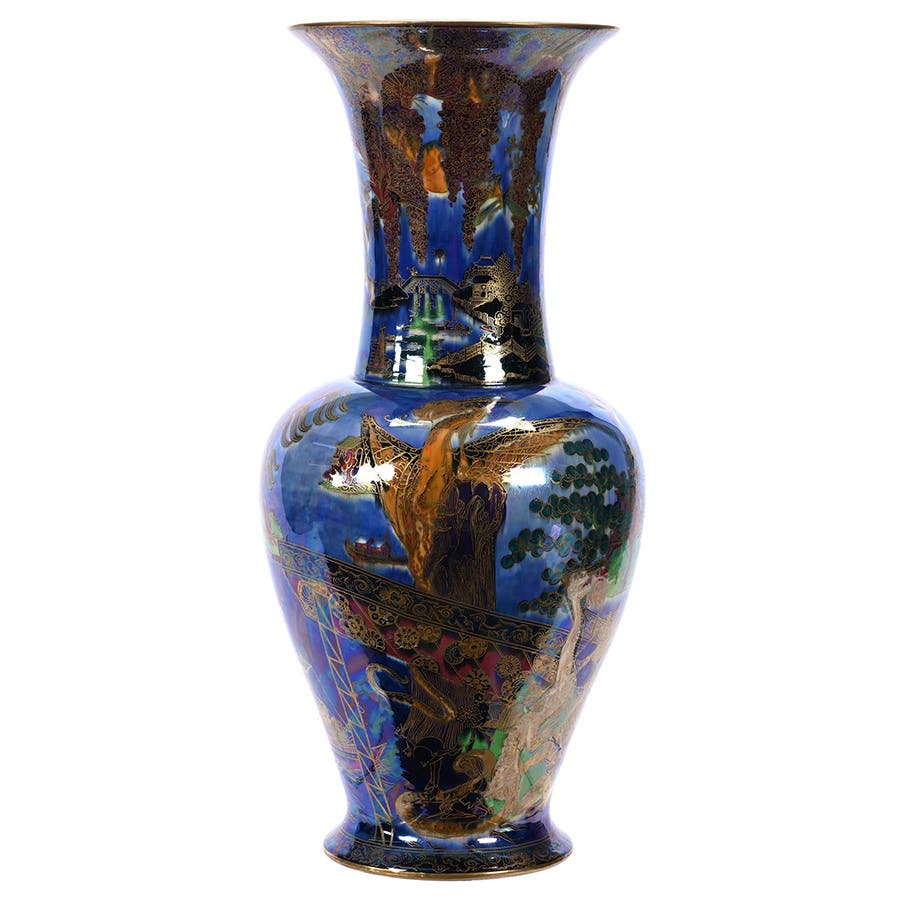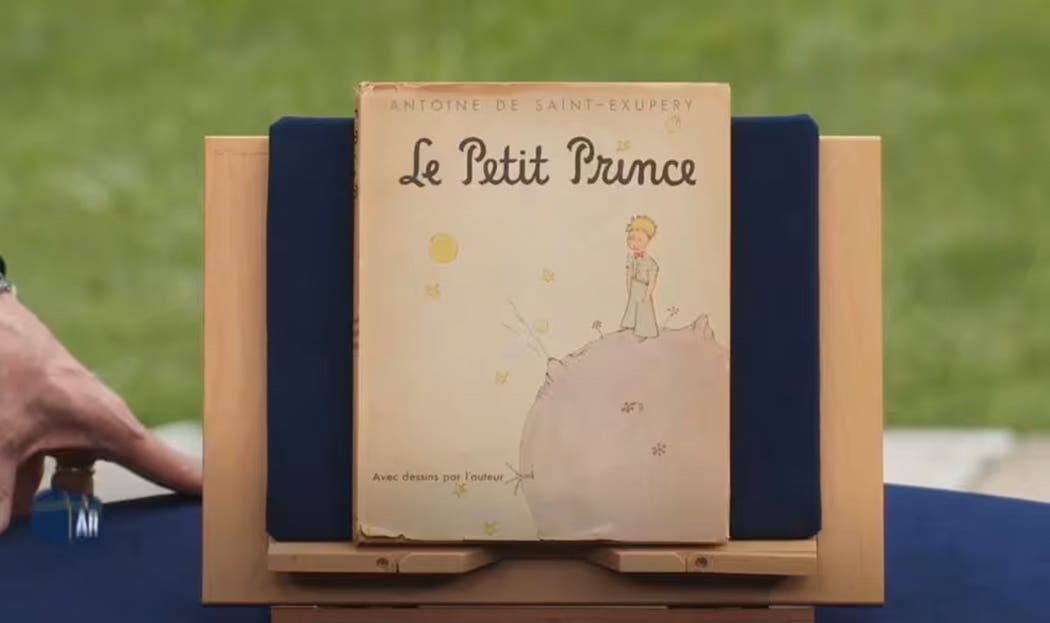Crocked Up: Singing the praises of stoneware
In the latest installment of his Bottle Treasures Uncorked column, Mike Polak sheds some light on stoneware and crocks, which are commonly seen at shows, but rarely a topic of discussion, he says.
I recently read a great article written by Steve Ketcham in the November/ December 2014 issue of the “Bottles and Extras” magazine, published by the Federation of Historical Bottle Collectors (FOHBC), titled “Pottery Museum of Red Wing — Now Open!” Steve is a long time member of the FOHBC and lives in Red Wing, Minnesota.
After finishing the article, I started thinking that not enough attention is probably given to stoneware collectors who enjoy collecting various types of crocks, jugs, and pottery. While these items are made from pottery rather than glass, many bottle collectors also have crock and stoneware collections (myself included), since they are usually found wherever bottles are found.
While attending bottle shows and talking with fellow collectors, I always check out the various varieties of the dealer offerings. While most of these conversations focus on glass, there never seems to be a lot of discussion about crocks, stoneware, or pottery in general. And yet, there are great selections of unique varieties of pottery items being offered for sale at all of these shows. So, let’s give stoneware and crocks some deserved attention.
To start with, pottery is produced by shaping clay into an object, then subjecting it to high temperatures in a kiln, removing the excess water from the clay and solidifying the shape and increasing the strength and hardening the object. And, it’s been around for a long time. How long? Based on archeological discoveries, history shows that pottery from its earliest times was earthenware dating back as early as 29,000-25,000BC, and originating sometime during the Neolithic Period, or the last stage of the Stone Age. Earthenware comprised all primitive pottery up to the 17th century for Europe, Egypt, Persia, the Near East, Greece, Rome, the Mediterranean, China, and Japan, with pottery vessels being discovered in Czech Republic dating back to 29,000-25,000 BC, China to 20,000BC, Japan to 10,500 BC, and the Russian Far East, Africa, and South America to 14,000 BC.
The earliest documented manufacturing of stoneware, with the process being used on earthenware, was in the Rhineland of Germany around 1280, while England began production during the second half of the 17th century into the 18th century (1650-1700). By the 1800s, Lambeth in London had become the center of production of salt-glazed stoneware after the establishment of Doulton and Watts Pottery, later to become Royal Doulton. Their salt-glazed products became known as Doulton Ware and were exhibited at the 1876 Philadelphia Exhibition and at the 1893 Chicago Exhibition. While significant amounts of stoneware items such as jugs and crocks were imported from Britain and Germany to America from 1640 to 1700, the earliest dated production in America was in Philadelphia, Pennsylvania; New York; and Yorktown, Virginia around 1720.
Members of the Crolius and Remmey families, who are considered the pioneers of stoneware pottery production in America, set a higher standard of craftsmanship and design and soon established their shops behind the old City Hall in the New York City area, with John W. Corlius establishing his shop in 1720, and John Remmey opening his shop in the same area around 1735. As the population of the United States moved westward, demand increased and by 1820 stoneware pottery plants were being built in nearly every city to take care of all of the local trade shops, hotels, restaurants, farmers, and settlers.
With the exception of stoneware bottles and handled jugs, which were easy to handle for the purpose of bottling different types of beverages and condiments, such as beers, ginger beer, ale, rum, cider, cream, milk, molasses, and vinegar, the larger jugs and crocks were cumbersome, bulky, and often heavy. These larger crocks and jugs were manufactured to be used by the supply and trade store owners, since the crocks kept
the contents cooler and extended the shelf life of certain products. They ranged in size and volume from 1 quart to 25-plus gallons, which were stenciled on the item itself. In general they were utilized as water coolers, butter churns, and storage for various other food items such as pickled vegetables and salted meats products.
One of the main interests that collectors focus on isn’t necessarily the color or shape, but the type of decoration. The very earliest stoneware was designed by hand and incised during 1790-1900, with relief decorations on handles being applied during the time period of 1825-1875. Beginning in 1825, stoneware pieces with blue decorations could be found on pitchers, vases, water coolers, butter churns, bowls, and miniature pots and jugs. There was also a large usage of the jugs by the whiskey distillers. While stoneware crocks, jugs, and bottles were manufactured with unique shapes, each company added its own customized painted and stenciled decorations, figural designs of flowering plants, patriotic scenes, historical scenes, houses, people, and animals, and folk art designs. These designs were highlighted by lustrous and glazed finishes with cobalt oxides, depicting unique stories and history. I think the antique ginger beer bottles have some of the most interesting and creative stamped logos for each company. During the increase in industrialization in the 1880s, there was more production of the new grey glazed bottles along with the standard cream glazes. These bottles also had colorful shoulder slips in tan, dark brown, green, cobalt blue, sky blue, purple, and red, with unique stamped-design logos depicting locomotives, animals, flags, coats of arms, and hunters, just to name a few.
Earlier, I mentioned the article by Steve Ketcham about the Pottery Museum of Red Wing and wanted to provide some history of the Red Wing Stoneware Co. of Red Wing, Minnesota. David Hallum founded the company and manufactured a varied and large variety of stoneware jars, jugs, and crocks from 1877-1906. By 1883 he faced competition from the Minnesota Stoneware Co. (1883-1906), followed by the North Star Stoneware Co. (1892-1896), and the Union Stoneware Co. (1894-1906). Red Wing, Minnesota, situated near the upper Mississippi river with a substantial abundance of good clay, had no trouble becoming a central pottery manufacturing center. By 1906, the North Star Stoneware Co. went out of business and the three remaining companies merged to form the Red Wing Union Stoneware Company (1906-1936). There was a name change in 1936 to Red Wing Potteries until the business closed in 1967. But, that’s not the end of the story. The technical records of the Red Wing Stoneware Company were acquired by J. Falconer in 1984 and they were soon back in business. Then, in 1996, Red Wing Pottery reopened and continued until the end of 2013 when they were considering closing. The owners of Red Wing Stoneware, who had just purchased it a few weeks before, brought both operations together by purchasing Red Wing Pottery and renamed the new company Red Wing Stoneware and Pottery, thus preserving the history and manufacturing of Red Wing Stoneware. For information on the Pottery Museum of Red Wing and operating hours, visit www.potterymuseumredwing.org.
During your next bottle show, make sure you take some time to check out those stoneware crocks, jugs and bottles.
Known widely as The Bottle King, Michael Polak has been a passionate collector, historian and bottle hunter for nearly 50 years. He has written more than a dozen books on bottle collecting, including the highly respected reference Antique Trader Bottles, Identification and Price Guide, now in its eighth edition.








